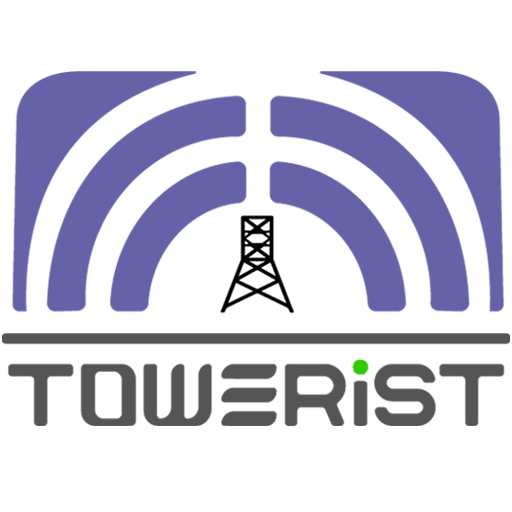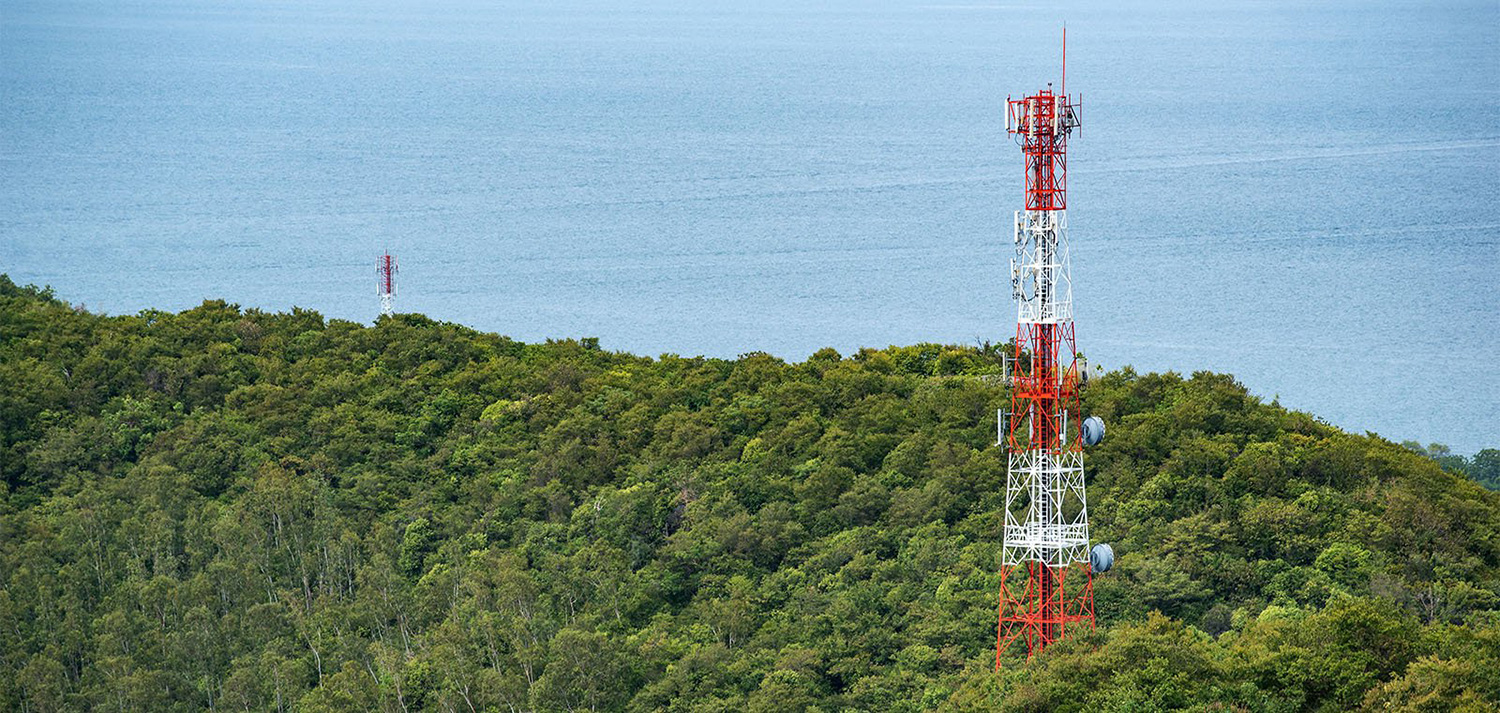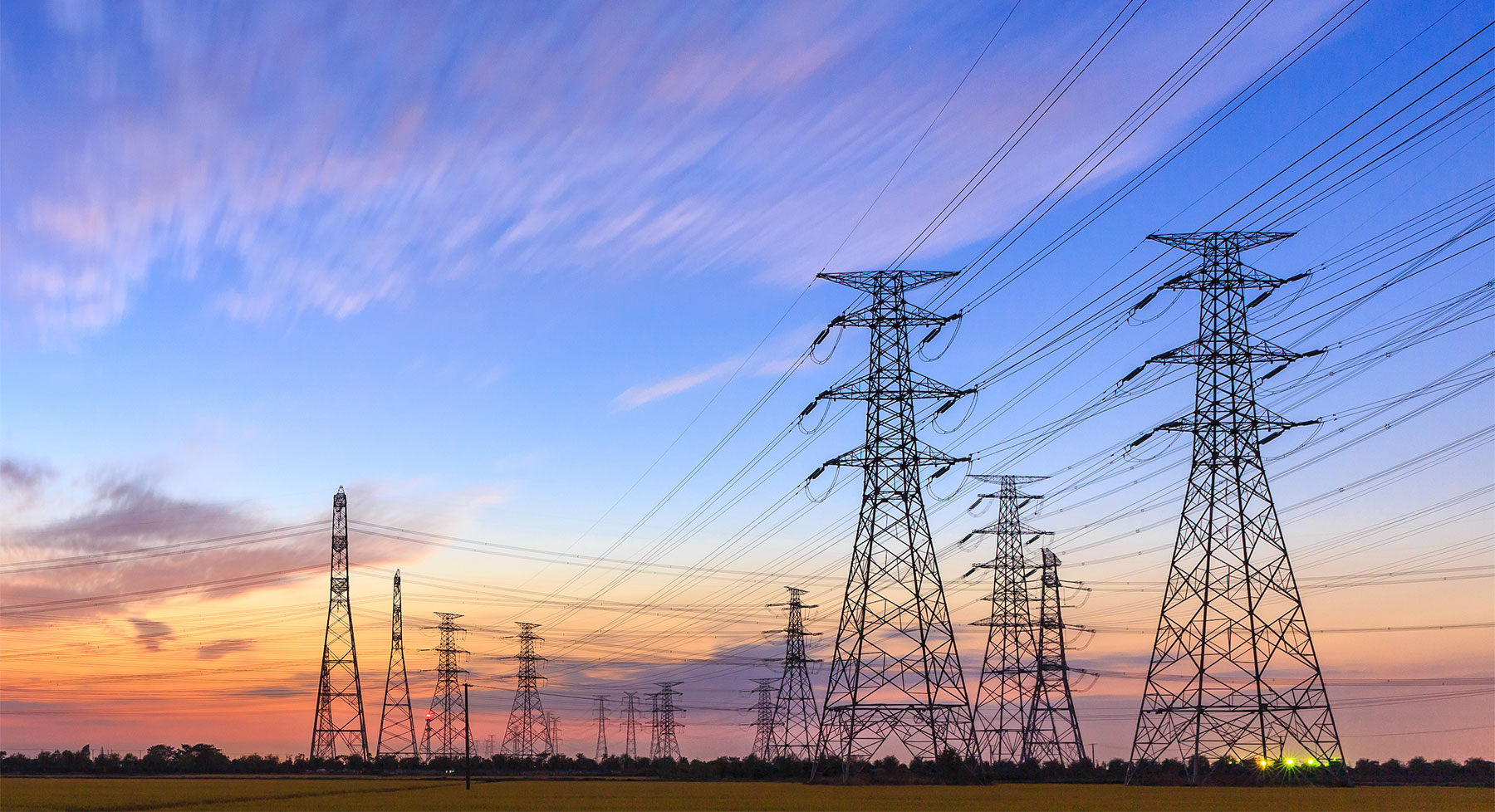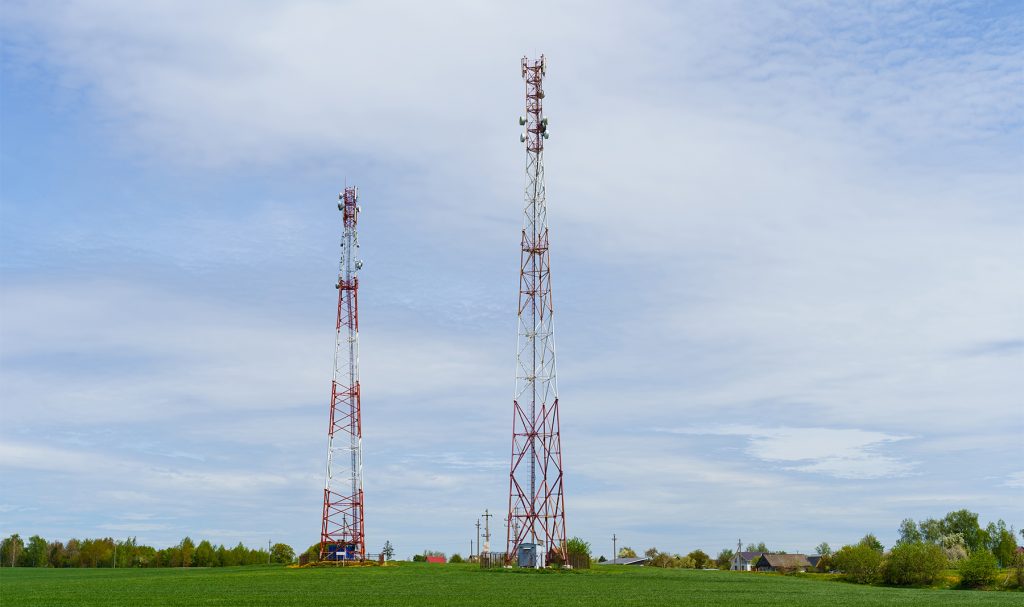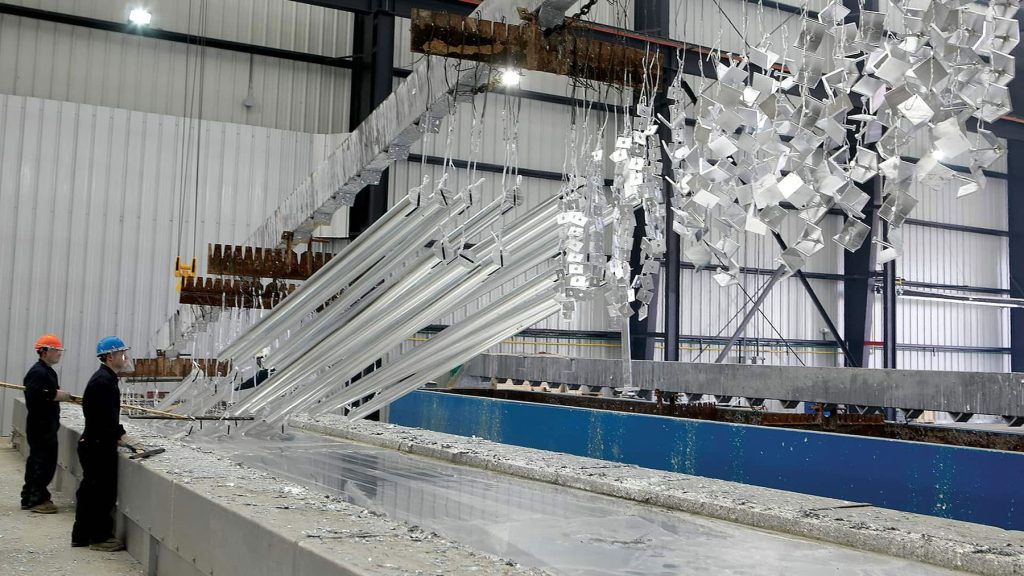Introduction to Drilling and Punching Machines for Steel Tower Structures
-
Introduction to Drilling and Punching Machines
Drilling and punching machines are essential tools in the manufacturing industry, particularly in the production of metal structures like towers. These machines are used for creating precise holes and shapes in materials, enabling efficient assembly and connection of different metal components. Engineers at Towerist utilize the latest design software and high-performance machinery to ensure top-notch production standards in tower manufacturing.
-
Definition of Drilling and Punching Machines
Drilling machines are designed to create round holes in a variety of materials by rotating a drill bit. These machines are often used when high precision and exact hole dimensions are required. Punching machines, on the other hand, work by applying mechanical force through a punch and die to create holes or specific shapes in materials, typically for faster and mass production processes. Modern drilling and punching solutions are widely used in leading industries across the globe, including companies such as Trumpf , Amada, and Piranha.
-
Primary Applications in Tower Manufacturing and Metal Structure Production
In the tower manufacturing industry, both drilling and punching machines are used extensively. These machines help create holes for the installation of bolts, screws, and other fastening mechanisms in steel structures used in telecommunications towers, power transmission towers, and other types of metal frameworks. These machines are crucial in ensuring accurate and consistent hole placement, which is vital for structural integrity. Towerist experts combine their knowledge of metallurgy with advanced machinery to optimize both strength and precision in structural connections.
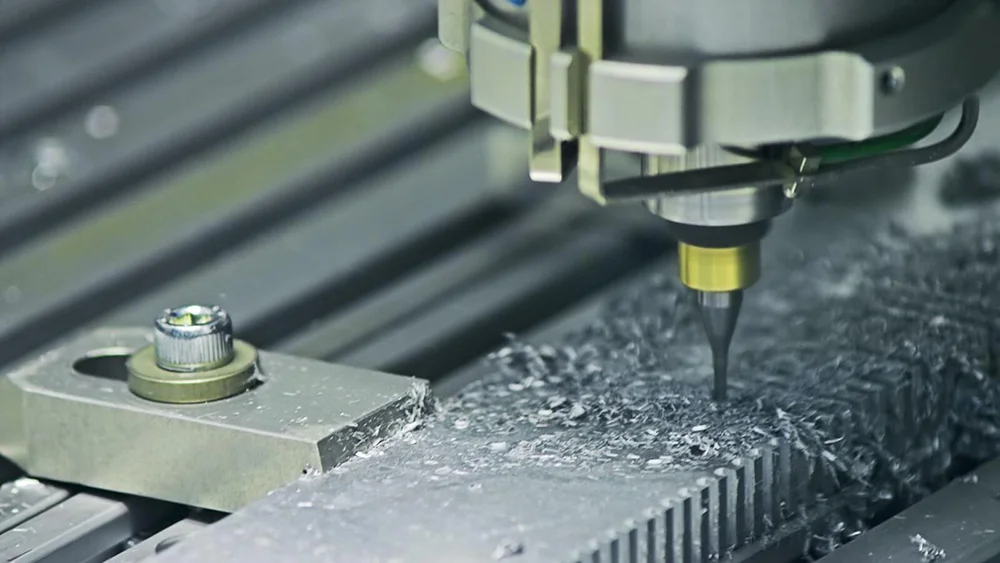
-
Types of Drilling and Punching Machines
- Simple Punching Machines: These are basic punching machines used primarily for less complex tasks and smaller-scale production. They are typically used for light gauge materials where less precision is required. Simple punching machines are cost-effective but offer lower speed and flexibility.
- Hydraulic Punching Machines: These machines use hydraulic pressure to generate the punching force. They are more powerful than simple machines and can punch thicker and more rigid materials. Hydraulic punching machines are ideal for medium to large-scale production runs and are capable of handling high-volume operations.
- CNC Drilling Machines: CNC (Computer Numerical Control) drilling machines offer high precision and automation. These machines are controlled by a computer and can perform complex drilling tasks with great accuracy. CNC machines are particularly valuable for intricate designs and mass production where precision and repeatability are key. Companies like Mazak and DMG Morilead the innovation in CNC machining solutions globally.
-
Comparison of Leading Machine Brands
When evaluating machines for tower manufacturing, comparing key industry brands helps inform the decision-making process:
- **Amada**: Known for high-end punching solutions, Amada machines are recognized for their speed, durability, and ability to handle high production volumes with precision. Their machines offer user-friendly interfaces and automation capabilities, making them a top choice for efficient operations.
- **Trumpf**: Trumpf is a leader in the field of laser and punching technology. Their punching machines are highly customizable and integrate advanced software solutions for real-time monitoring. Trumpf systems are ideal for manufacturers looking for smart factory integrations.
- **Piranha**: This brand offers cost-effective, rugged punching and ironworker machines. While not as advanced in automation as Trumpf or Amada, Piranha machines are well-regarded for their reliability in small to medium-scale productions.
- **Mazak**: In the field of CNC drilling, Mazak is famous for high-speed, multi-axis machines. Their solutions are highly automated, with an emphasis on precision drilling for complex geometries.
- **DMG Mori**: Known for their high-quality CNC technology, DMG Mori offers versatile drilling systems that are robust and optimized for various metal types. Their machines are also energy-efficient, supporting sustainable production goals.
Choosing between these brands depends on budget, production scale, automation needs, and long-term maintenance preferences. Towerist’s procurement team conducts comparative analyses of these features to ensure optimal value and performance for each production scenario.

-
Features and Technical Capabilities of Machines
The main features of drilling and punching machines include their speed, precision, and ability to handle different types of materials. Drilling machines offer high accuracy in creating exact hole sizes, while punching machines are optimized for speed and efficiency in high-volume operations. Choosing the right machine depends on factors such as material thickness, production volume, and required precision.
- Precision and Speed in Operations: Machines like CNC drilling machines are known for their ability to perform with high precision, ensuring that the holes are accurately placed and sized. This is crucial in tower production where the alignment of holes can affect the structural strength of the entire assembly.
- Tool Types Used: Punching and drilling machines require various types of tools, such as different sizes of punches, dies, and drill bits. The choice of tool depends on the material being processed and the desired outcome. Towerist engineers evaluate these parameters with simulation tools to select the best equipment configuration for each project.
Click here for more information about the types of punch plate machines.
-
How Drilling and Punching Machines
Work
Drilling machines typically use rotating drill bits to cut through materials, creating holes. These machines may also include automatic feed mechanisms for continuous operations. In contrast, punching machines apply force through a punch and die to shear off a piece of material, leaving behind a hole or desired shape. The punching process is typically faster than drilling and is used for mass production. In Towerist facilities, both types of machines are integrated into production lines to streamline the fabrication process of towers and steel structures.

-
Technical Considerations for Selecting the Right Machine
When choosing between different types of drilling and punching machines, several factors must be considered:
- Material Type: The hardness and thickness of the material will determine which machine is most suitable. Hydraulic punching machines are better for thicker materials, while CNC drilling machines offer better precision for harder materials.
- Production Volume: If large quantities of parts need to be produced quickly, punching machines, especially hydraulic ones, are more appropriate. For precision parts in lower volumes, CNC drilling machines are more efficient.
- Cost and Maintenance: While CNC machines are more expensive, they offer long-term benefits in terms of precision and flexibility. Simpler machines have lower initial costs but may incur more maintenance in the long run. Our technical team at Towerist conducts feasibility analyses to match machine capabilities with production goals.
-
Maintenance and Repair of Drilling and Punching Machines
Maintaining punching and drilling machines is crucial for ensuring consistent performance and avoiding unexpected downtime. Routine maintenance tasks include:
- Daily Maintenance: This includes cleaning the machines, checking fluid levels, and ensuring all moving parts are properly lubricated.
- Regular Repairs: Machines should be inspected regularly for wear and tear, particularly for parts like drill bits and punches, which can lose their effectiveness over time.
- Preventing Failures: Regular maintenance and prompt repairs help extend the lifespan of the machines and reduce the likelihood of mechanical failure during operation. Towerist’s maintenance protocols are aligned with international standards to ensure consistent machine uptime and product quality.
-
Technological Advancements and the Future of Drilling and Punching Machines
In recent years, technological advancements have significantly improved the capabilities of drilling and punching machines. Key innovations include:
- Automation and Robotics: Many new systems incorporate robotics and automation, which helps improve efficiency and reduce human error in the production process.
- Higher Precision and Speed: Advances in CNC technology have made it possible to achieve even higher precision and faster speeds, making these machines more versatile for complex operations.
- Energy Efficiency: Newer machines are designed to consume less energy, which not only reduces operational costs but also contributes to sustainability in the manufacturing process. Towerist keeps pace with these advancements by investing in smart manufacturing solutions and industry 4.0 systems. To learn more about the future of CNC and industrial machinery, explore Modern Machine Shop or The Fabricator.
-
Conclusion
Drilling and punching machines play a fundamental role in the metalworking and tower manufacturing industry. Their importance lies not only in their ability to perform precision tasks but also in their contribution to overall production efficiency and product quality. From the basic punching units to fully automated CNC machines, these tools shape the very backbone of modern infrastructure development. Towerist’s commitment to quality and innovation ensures that each tower structure produced meets the highest standards of strength, safety, and precision in today’s competitive market.
